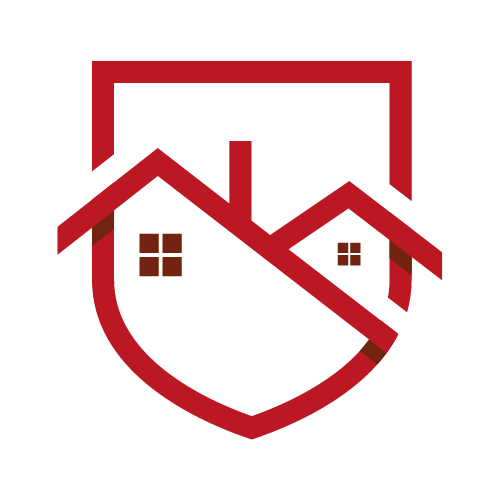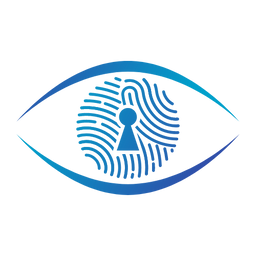The Surveillance Blind Spot: How Smart Offices and Industrial IoT Are Quietly Eroding Workplace Privacy

The privacy battles over smart home devices like Alexa and Google Home have dominated headlines for years. But while consumers debate the risks of "always listening" speakers in their living rooms, a far more pervasive—and potentially more troubling—surveillance network is quietly taking shape in professional environments. Smart offices, healthcare facilities, supply chains, and critical infrastructure are rapidly adopting IoT devices that make consumer smart speakers look like privacy-conscious relics.
Unlike your home smart speaker that you chose to install, workplace IoT devices are often deployed without meaningful employee consent. And while your personal Alexa might accidentally order you dog food, a compromised industrial IoT system could shut down power grids, contaminate water supplies, or expose millions of patient records.
The Hidden Ecosystem: Always-On Surveillance at Work
Smart Offices: Where Privacy Goes to Die
The modern smart office has become a data collection paradise. Smart thermostats, smart lighting systems, and virtual reality (VR) cameras and speakers create an interconnected web of sensors that monitor employee behavior with unprecedented granularity.
Smart voice assistant devices were not built to be hosted within a managed IT environment nor to meet the security needs of enterprise-grade IT systems. They were built for quick dispersion and feature-happy consumers. Yet organizations are deploying them throughout conference rooms and common areas, often with little consideration for the privacy implications.
The data collection extends far beyond simple voice commands. Smart offices collect troves of data from employees, including movement patterns, meeting attendance, workspace usage, and environmental preferences. Wearable sensors can track worker location, posture, and movement, ostensibly for safety and productivity optimization.
But here's where it gets concerning: if an employee joining the meeting from home has a smart speaker sitting on their desk, it entirely defeats the purpose of that policy designed to protect confidential information. Corporate policies struggle to keep pace with the reality that the boundary between home and office has dissolved.

The EULA Shell Game: How Terms Change After Purchase
One of the most insidious aspects of workplace IoT is how the rules change after deployment. App Usage Information: We will collect your usage information created during your use of the SmartThings app, such as app logs, groups, rules and location names, and your interactions and inputs with SmartThings reveals how comprehensive the data collection has become.
Unlike consumer devices where users might theoretically read privacy policies, workplace IoT operates under corporate agreements that employees never see. Even worse, privacy policy change, the opt-in/opt-out possibilities provided to the user are presented more widely but these changes often happen silently, with new data collection purposes added through automatic updates.
The European Union's GDPR has forced some improvements, but the semantic topics are explained by the requirements of the GDPR, which was adopted after the creation of the OPP-115 dataset, showing how companies are adapting their privacy policies to comply with regulations while maximizing data extraction opportunities.
Healthcare IoT: Your Medical Data's New Weakness
Healthcare represents perhaps the most concerning frontier for IoT privacy violations. Much of the data collected by medical devices qualifies as protected health information under HIPAA and similar regulations. As a result, IoT devices could be used as gateways for stealing sensitive data if not properly secured.
The numbers are staggering: 82 percent of healthcare organizations report having experienced attacks against their IoT devices. Yet the deployment continues at breakneck speed, with analysts predict the global IoMT market will exceed $860 billion by 2030.
What makes healthcare IoT particularly troubling is the intimate nature of the data being collected. Information about location, physical activity, vital signs, or habits could be misused to threaten or harm a survivor of domestic violence or other vulnerable populations. Data from health devices may be combined with other data sets: as more people opt to have their DNA analyzed, this information could be matched with lifestyle and health information.
Even more alarming, there have already been examples where data from these devices was used as evidence in criminal cases, turning personal health monitoring into potential legal liability.
Supply Chain Surveillance: Tracking Everything, Everywhere
Supply chain IoT presents a different but equally problematic privacy landscape. The application of sensors mainly results in data collection in an IoT-enabled supply chain, creating comprehensive tracking of goods, people, and processes.
The proliferation of connected devices and the vast amounts of data generated by IoT systems create significant privacy and security risks. While companies focus on operational benefits like Monitor cargo conditions such as temperature, humidity, and movement to maintain compliance, they often overlook the human privacy implications.
Workers in these environments face constant surveillance through wearable sensors can track worker location, posture, and movement and data collected from wearables and handheld devices can assess labor productivity, identify training needs, and allocate tasks more effectively. This creates a workplace where employees are reduced to data points in an optimization algorithm.
The integration challenges compound the privacy risks: combining data from multiple sources (sensors, ERP systems, external APIs) provides a holistic view that may reveal far more about workers and processes than any single system would.
Critical Infrastructure: When Privacy Breaches Threaten Lives
The stakes reach their highest in critical infrastructure, where the nation's 16 critical infrastructure sectors rely on internet-connected devices and systems to deliver essential services, such as electricity and health care.
The vulnerabilities are deeply concerning. Many of the connected devices used by industry are based on serial communication technology that was never designed with modern security threats in mind. Yet, an increased reliance on IoT devices also created an expanded attack surface, with increased risks of cyber attacks, data breaches, and potential impacts to the global supply chain.
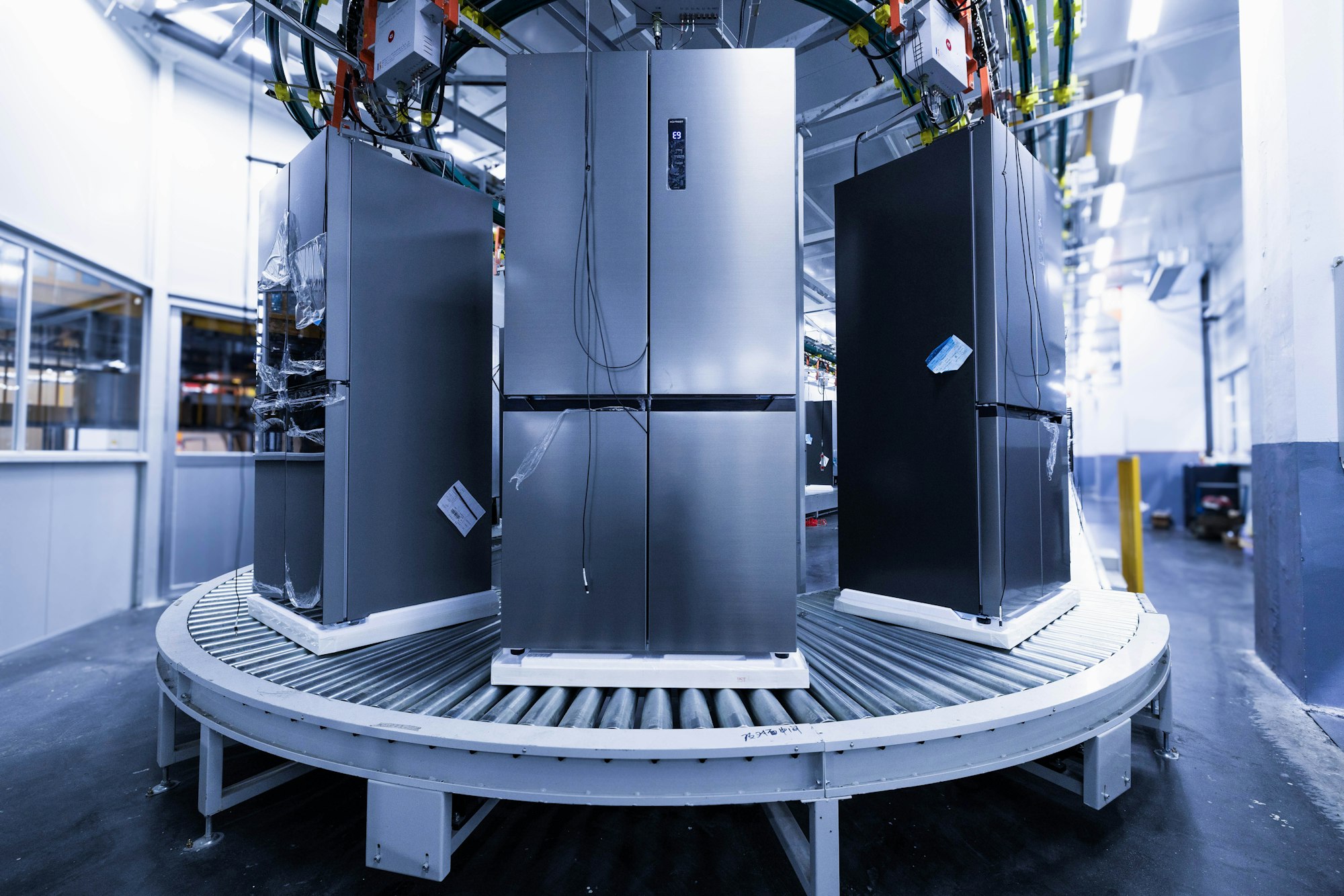
Recent attacks demonstrate the real-world consequences. A hacking group with links to Iran, known as the "Cyber Av3ngers," forced a water facility in Pennsylvania into manual operations by targeting IoT control systems. The hackers targeted a programmable logic controller (PLC), specifically a Unitronics Vision system with an integrated human-machine interface (HMI) connected to the Internet.
Even more troubling are the six critical zero-day vulnerabilities in Enphase IQ Gateway devices, which are essential for converting solar power for home use that could have allowed actual hackers to gain full control over the devices, if the devices were connected to the public Internet. Over four million systems deployed in 150+ countries could have been exposed to the potential for malicious takeover.
The "Always Listening" Reality: Beyond Smart Speakers
The concern about "always listening" devices extends far beyond consumer smart speakers into professional environments where the implications are far more serious. Some devices, such as smart speakers, have been found to not only be listening all the time but also keeping the recordings of all that is said and can be heard.
In workplace settings, this creates unique risks. Company policy may prevent an employee from connecting a smart speaker in a conference room where sensitive information like earnings or intellectual property may be discussed. But does that policy take into consideration the smart TV in the room, which has its own digital assistant continuously listening?
The data collection extends beyond audio. Public and shared spaces, like Airbnb rentals, co-working hubs, and smart offices are all equipped with IoT tools that silently log user behavior. By monitoring assets, detecting irregularities, and triggering alerts, IoT technology can enhance the protection of goods, vehicles, and other critical logistics but also creates comprehensive behavioral profiles of everyone in these spaces.

The Consent Illusion: When Choice Isn't Really Choice
Perhaps the most troubling aspect of workplace IoT surveillance is the illusion of consent. What makes these risks even more concerning is the false sense of control that employees have over data collection in professional environments.
Care should especially be given to the purposes for which data is used when it is collected from people who have no choice. In workplace settings, employees cannot opt out of IoT monitoring any more than they can opt out of using electricity or water systems that may be IoT-enabled.
The European Union's Article 29 Working Party has identified key issues: Users do not have control over the communication of their data... The use of the collected data can go beyond the reasons for which it was originally collected or beyond what the Privacy Policy agreement mentions.
Data Aggregation: The Sum of All Fears
The real privacy threat isn't from any single IoT device—it's from the aggregation of data across multiple systems. When even fragmented data from multiple IoT devices is gathered, collated and analyzed, it can yield sensitive information about people's whereabouts or living patterns.
In professional settings, this aggregation is particularly powerful and concerning. Data such as this can provide detailed insights into how cities work and can lead to better informed decisions. However, if smart city data is personal information, such as movement data linked with identified individuals, it can be potentially invasive and carries a greater risk of being misused.
The same principle applies to smart offices, where movement sensors, badge readers, computer usage logs, and environmental controls can paint an incredibly detailed picture of employee behavior, productivity, and even personal habits.
The Vendor Data Grab: Who Really Controls Your Information
One of the most overlooked aspects of workplace IoT is how device manufacturers monetize the data they collect. Data is widely shared not only throughout the vendor business units, but also with downstream third parties, many of which the device users would be surprised to know about.
But according to their own privacy policies, Google still records and stores every human-to-Google Home interaction without explicit management by the device owner. In workplace settings, this means that conversations and activities in conference rooms equipped with smart devices may be stored indefinitely by technology companies, regardless of corporate data retention policies.
The transparency issues are severe: Unfortunately, none of these organizations is completely transparent about the security protocols they have put into place to protect data in transit or while stored for corporate use other than the reassurance that information is "anonymized", and that security is a priority.
Recommendations: Reclaiming Privacy in Professional Spaces
For Organizations
- Conduct IoT Privacy Impact Assessments: Before deploying any IoT system, organizations should thoroughly assess not just security risks, but privacy implications for employees and customers.
- Implement Data Minimization: Always make personal information anonymized and collect only the data absolutely necessary for legitimate business functions.
- Provide Meaningful Transparency: Users must be able to access, view and remove the data you collect from them should extend to workplace IoT systems.
- Network Segmentation: IoT devices and OT networks should be isolated from IT and OT networks with firewalls to limit exposure.
For Policymakers
- Extend Consumer IoT Privacy Laws to Workplaces: Current regulations focus primarily on consumer devices, leaving workplace IoT largely unregulated.
- Mandate Privacy by Design: Adopting secure-by-design principles during the development of IIoT systems is critical for building resilience against cyber threats from the ground up should include privacy considerations.
- Require Opt-Out Mechanisms: Even in workplace settings, employees should have some control over non-essential data collection.
For Workers and Individuals
- Know Your Rights: Understand what data is being collected in your workplace and advocate for transparency.
- Support Privacy-First Vendors: When possible, support organizations that prioritize privacy in their IoT deployments.
- Stay Informed: The IoT privacy landscape is rapidly evolving—stay informed about new risks and protections.
Conclusion: The Price of Convenience
The smart office revolution promises increased efficiency, sustainability, and employee satisfaction. But as we've seen repeatedly in the consumer technology space, convenience often comes at the cost of privacy. The difference in professional environments is that the trade-offs are being made by employers, not by the individuals whose privacy is at stake.
As smart devices become increasingly common in our homes and workplaces, concerns are growing about the potential for these devices to collect and transmit sensitive data, compromising our privacy and security. The challenge is ensuring that the benefits of IoT in professional settings don't come at the unacceptable cost of creating a surveillance state in every office, hospital, factory, and critical infrastructure facility.
The time for action is now. As IoT deployment accelerates in professional environments, we have a brief window to establish privacy protections before these systems become too entrenched to change. The choices we make today about workplace IoT privacy will determine whether the future of work is one of empowerment or surveillance.
The question isn't whether IoT will transform professional environments—it already has. The question is whether we'll allow that transformation to happen on terms that respect human dignity and privacy, or whether we'll sleepwalk into a world where every workplace interaction is monitored, recorded, and analyzed by systems we don't control and algorithms we don't understand.
The smart office should make us smarter, not just make us more transparent to those who would profit from our data.
